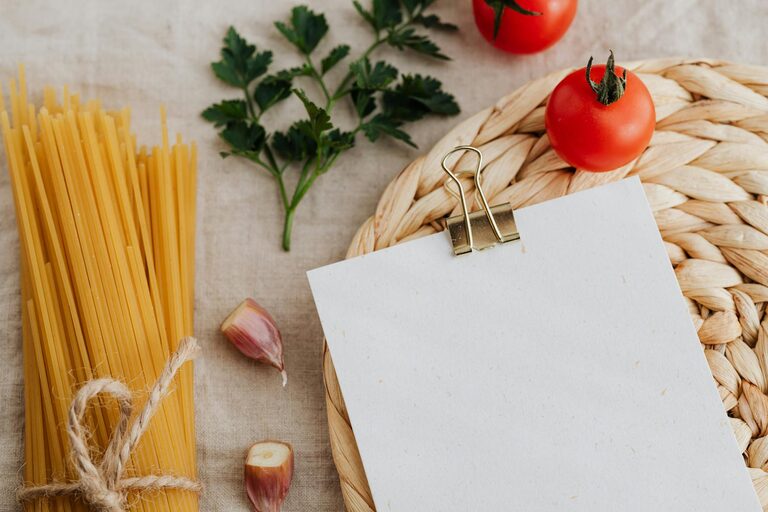Reducing food waste at home is a goal that benefits both the environment and your wallet. Every year, millions of tons of food are discarded unnecessarily, contributing to landfill overflow and greenhouse gas emissions. Fortunately, there are many practical steps you can take in your daily routine to minimize food waste without sacrificing convenience or nutrition. In this post, we’ll explore a variety of strategies designed to help you make the most of your groceries and reduce waste effectively.
Understanding Food Waste at Home
Before diving into solutions, it’s helpful to understand where food waste commonly happens. Most food waste comes from:
– Buying more food than needed
– Improper food storage
– Cooking large portions without planning for leftovers
– Throwing away food that is still safe to eat
By addressing these areas, you can significantly lower the amount of food that ends up in the trash.
Smart Shopping: Plan Before You Buy
Create a Weekly Meal Plan
Taking a few minutes to plan your meals for the week helps you buy only what you need. Consider:
– What meals you want to prepare
– Ingredients you already have
– Portion sizes based on household members
Make a Detailed Shopping List
Use your meal plan to create a precise shopping list to avoid impulse buying. Stick to the list when grocery shopping.
Shop More Frequently for Fresh Items
Instead of stocking up on perishable goods in large quantities, consider buying fresh produce and dairy more frequently in smaller amounts to reduce spoilage.
Proper Storage Techniques Extend Freshness
Store Produce Correctly
Some fruits and vegetables last longer when refrigerated, while others do better at room temperature. For example:
– Keep apples and carrots in the fridge
– Store tomatoes and bananas on the counter
Using reusable storage containers or produce bags can help maintain optimum humidity levels.
Understand Expiration Dates
Labels like “best before” or “use by” indicate quality or safety. Many foods remain safe after the “best before” date. Use your senses — look, smell, and taste — to determine if food can still be eaten.
First In, First Out (FIFO) Method
Place new groceries behind older ones in your fridge and pantry so older items get used before they spoil.
Efficient Cooking and Meal Preparation
Cook with Leftovers in Mind
Prepare meals in quantities suitable for your household size. If you do have leftovers, store them promptly and use them within a few days.
Repurpose Leftovers Creatively
Leftovers can be transformed into new meals such as:
– Adding roasted vegetables to a salad or omelet
– Using stale bread for croutons or breadcrumbs
– Making soups or stews from leftover meats and veggies
Freeze Excess Food
Freezing meals or surplus fresh food extends their life. Label containers with dates so you remember to use them before quality declines.
Mindful Consumption and Waste Reduction
Serve Smaller Portions
Serve smaller portions and allow seconds if someone is still hungry. This helps reduce uneaten food left on the plate.
Compost Food Scraps
Composting fruit and vegetable scraps, coffee grounds, and eggshells turns waste into nutrient-rich soil for your garden, reducing landfill waste.
Donate Surplus Food
If you have unopened, non-perishable items you won’t use, consider donating to local food banks or community groups.
Educate and Involve the Whole Household
Encourage Everyone to Participate
Educate family members about the importance of reducing food waste and involve them in planning, shopping, and cooking.
Keep Track of Food Waste
Maintain a simple log to identify patterns in what gets wasted, so you can adjust habits accordingly.
Final Thoughts
Reducing food waste is a series of small, intentional actions that add up to big benefits. By planning carefully, storing food properly, cooking smartly, and embracing mindful consumption, you can cut down waste significantly. Not only will this save money, but it also contributes positively to the environment by reducing unnecessary landfill and resource use.
Start with one or two tips and gradually incorporate more into your routine. Your efforts, no matter how small, help create a more sustainable home and planet. Happy cooking and waste-minimizing!

